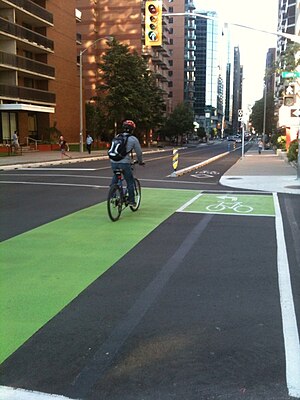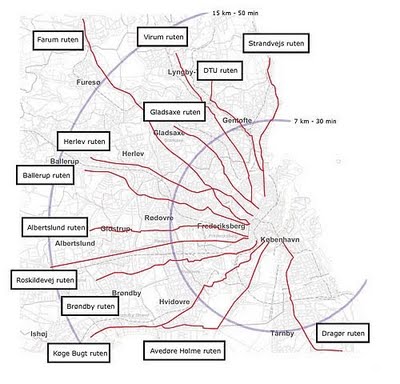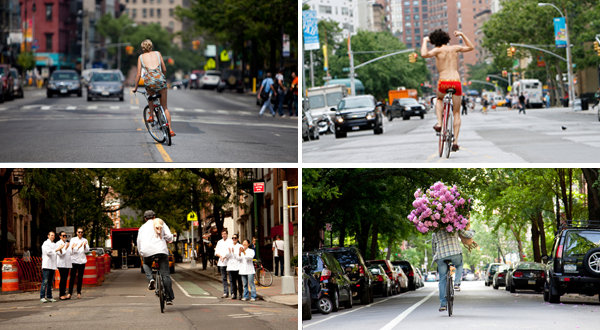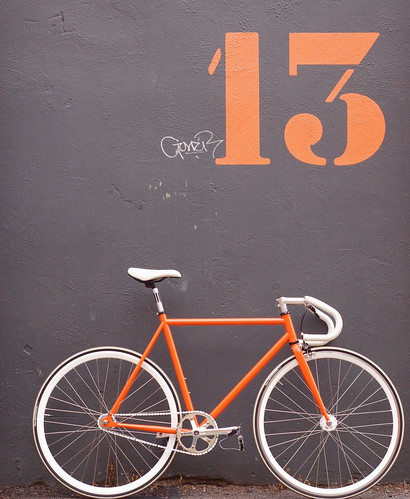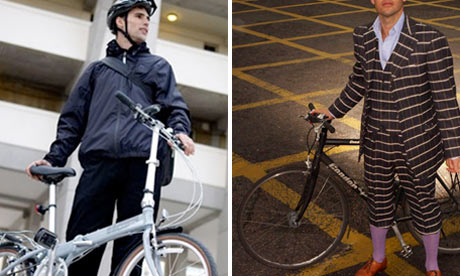Job Alert: Capital Project Manager – Montgomery County (Maryland) BikeShare Program
Closing Date: December 16, 2012
This position will serve as the Capital Project Manager for the Montgomery County Annual Bikeways Program, in the Department of Transportation’s Division of Transportation Engineering Planning & Design Section. This position will oversee the budgeting and directing the construction of bicycle facilities, including bike lanes, multi-use trails, parking/end-of-trip facilities, pavement marking and signage plans for both safety and way finding.
Prepare and submit budget estimates, progress and cost tracking reports, manage, coordinate, and supervise the construction process from the conceptual development stage through final construction on time and within budget. Directs and/or participates in the inspection of bicycle facilities or other road projects to assure that approved design is executed and that construction meets established standards. Develops or directs the development of requests for proposals, scopes of services, bid packages, contracts, amendments and other documents for the selection and contracting of design and construction services. Position requires thorough knowledge of grading, drainage, paving (asphalt and concrete), pavement markings and signage, construction, retaining walls, and other construction scopes related to bicycle facilities. File for necessary permits for project or assists consultant or contractor to prepare documents to file. Compile and analyze bicycle planning, design, and program data with a focus on customer service, innovation, and continuous improvement. Coordinate new project development or major renovation with user agency to ensure that facility meets their requirements.
Duties include, but are not limited to serving as the division’s central contact for public inquiries, initiating studies, constructing on-road and off-road bicycle facilities, participating in maintenance and operational matters, providing public information and updates on program events, construction projects/detours, and special projects/services, increasing social media/public outreach. Develop and maintain the bicycle program website and other forms of communications, including print and social media as well as video.
The job will also entail planning innovative bicycle infrastructure and safety improvements, including analyze staffing, implementation capabilities and bicycle facility needs for the County and prepare budget for the associated Capital Improvement Programs Annual Bikeways Program, Stand Alone CIP Bicycle related projects, and federal and state grants.
Position requires extensive engagement with the public, advocacy groups, various organizations consultants, citizen’s organizations, and public officials to resolve matters regarding the planning/design and construction of bicycle facilities. This position will also require attending meetings or performing work at locations outside the office if necessary.
For more information, visit: http://www.montgomerycountymd.gov/ohr/staffing/careers.html(Hat Tip: Young Professionals in Transportation)

